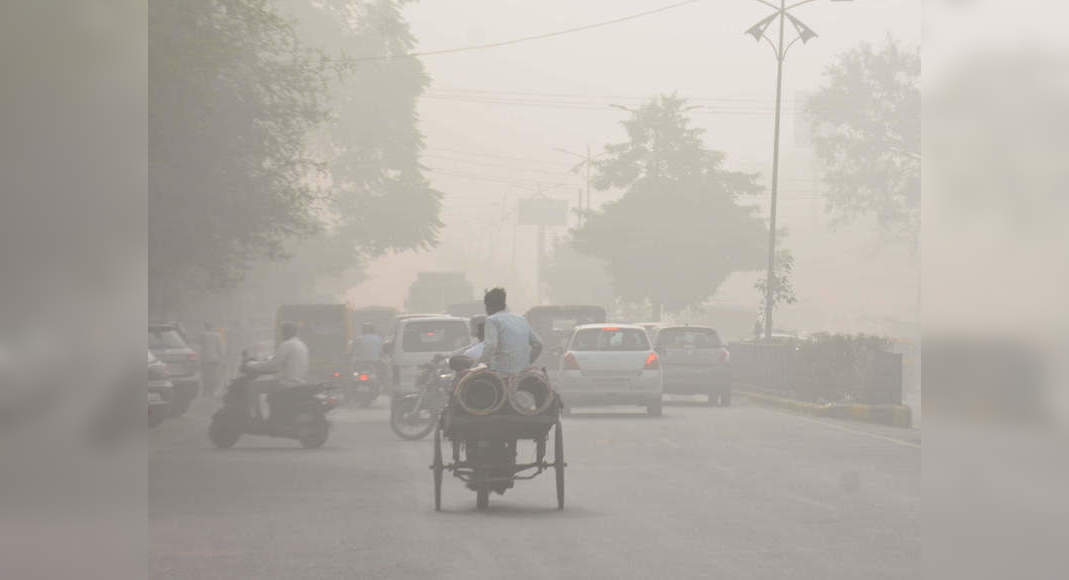NEW DELHI: The National Capital Region is seeing the emergence of new pollution hotspots.
An analysis for the winter season of 2020-2021 by Centre for Science and Environment (CSE) found heavy deterioration in air quality in places not yet designated as hotspots.
As many as 14 stations registered higher seasonal PM2.5 concentration than Delhi’s winter average.
Experts say it points to the impact of local pollution sources.
Central Pollution Control Board and Delhi Pollution Control Committee had earlier identified 13 hotspots in Delhi: these were Rohini, Dwarka, Okhla Phase-II, Punjabi Bagh, Anand Vihar, Vivek Vihar, Wazirpur, Jahangirpuri, RK Puram, Bawana, Mundka, Narela and Mayapuri.
Six pollution hotspots were identified last winter in other NCR towns — two in Faridabad, one each in Gurugram, Bahadurgarh, Bhiwandi and Sahibabad.
These areas were found to have annual average levels higher than themean value of the city.
Track the pollution level in your cityAccording to the CSE analysis, the 14 locations that are emerging as the new hotspots have registered a higher seasonal average than the mean of the recognised hotspots, that is, 197 micrograms per cubic metre.
These stations also recorded mean PM2.5 concentration higher than the Delhi winter average of 186 micrograms per cubic metre.
The new areas of concern are: Alipur, DTU, ITO, Nehru Nagar, Patparganj, Sonia Vihar and Vivek Vihar in Delhi; Sector 1 and 116 in Noida, Loni, Sanjay Vihar and Indirapuram in Ghaziabad; and Knowledge Park V in Greater Noida and Bulandshahr.
Anumita Roy Chowdhury, executive director research and advocacy at CSE, said, “This essentially brings out that newer pollution hotspots are proliferating in the city.
Both meteorological conditions as well as changing patterns of local pollution sources are contributing to this trend.
This requires intense micro-planning and implementation as well as city and regionwide action at a scale and speed.” CSE stated that Nehru Nagar was the most polluted among these 14 locations, followed by DTU.
Meanwhile, parts of Delhi are likely to receive rain on Monday, according to India Meteorological Department.
Though the mercury is set to rise, the temperatures may again come down after a few days as the city is predicted to receive another spell of rain from June 12.
On Sunday, Delhi’s Air Quality Index (AQI) was 134 in the ‘moderate’ category.







